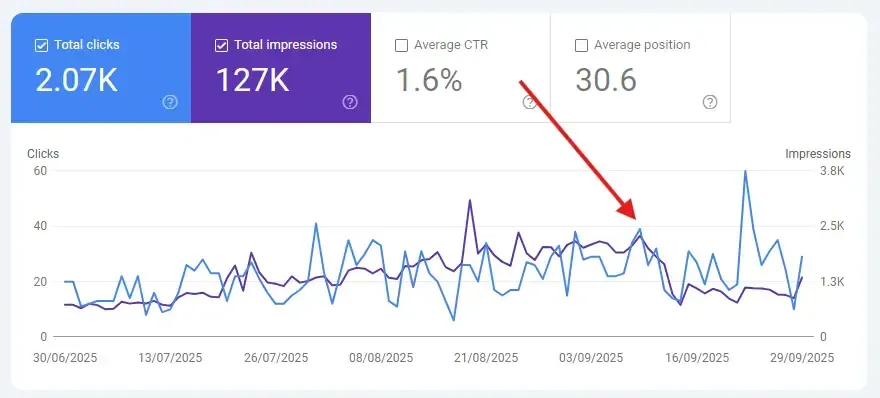How to give your site structure SEO kudos
One very satisfying aspect of business website development is that every element you introduce has the capacity to influence its success – for the better or for the worse.
From the user experience, the branding, the images used, the published SEO content through to the complexities of technical SEO, all play leading roles in the quest to create a website design that appeals to visitors and search engines alike.
However, one crucial aspect of SEO often overlooked is the site structure. Site structures help visitors and search engines to navigate websites and find information with minimal effort, but they also hold power in the ranking position in search engines results pages (SERPs).
Why is site structure so SEO important?
Site structure is the foundation that supports your website. Think of the children’s story The Three Little Pigs – one built the house from hay, one from sticks but the surviving pig had the foresight to build from bricks. With a robust site structure, your website is unflappable, and will keep the proverbial wolf from the door.
Crawlability
Search engine bots crawl websites to determine what the content of your website is. The bots index content and rank it in terms of relevancy to the search query before displaying the results in the SERPs. Not all pages are discovered by the bots, but by having a considered and defined structure, the opportunities for discovery increase, as does the potential to raise ranking position.
User experience
User experience should always be at the heart of every website design – especially as user experience is a Google ranking factor from May 2021. If website visitors find information or products easily, they will be more likely to buy from you and perhaps even return in the future.
5 steps to make a site structure SEO friendly
- Keyword research: essential for creating SEO content, but also site structure. Research keywords and terms to include in page URLs to generate traffic to your site via organic search.
- Map you site hierarchy: create a diagram to map out your pages in a logical and user-friendly way. Keep it simple and resist creating too many categories. This map also shows you the structure for your URLs.
- Create your URLs: use your keywords and avoid date formats, ID numbers or other symbols. Tip: look at the URLs on Digital Presence’s website, a wealth of valuable SEO information in each website address.
- Create a simple navigation: this should be simple if you have mapped your hierarchy already. Make sure your principal pages are easy to access.
- Create a sitemap: sitemaps are a one-stop shop for bots to crawl – a live record of all your website pages so the search engines can index your pages super-fast.
Investing time on your website’s structure is not exciting, creative or remotely glamourous, in fact it crosses the threshold of dull, but it is critical to build a strong foundation on which to grow your digital presence.
If you are at the planning stage of a business website, or have a website that needs some SEO TLC, Digital Presence can help you. We specialise in helping small businesses grow through specialist website design services and SEO, Christchurch and beyond. Get in touch today for a free no-obligation chat about how we can help your business reach its full potential.












